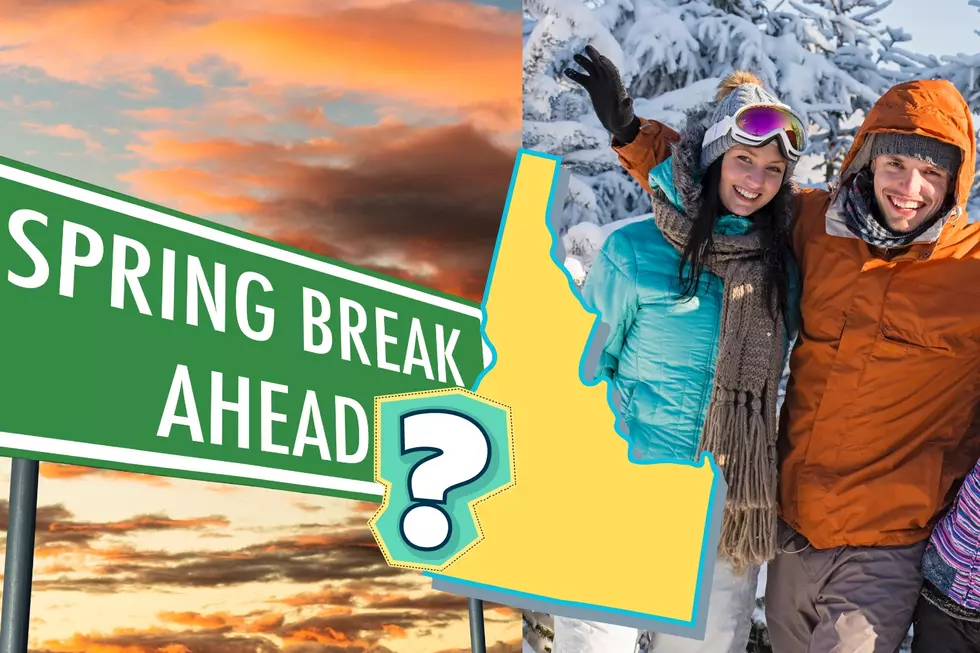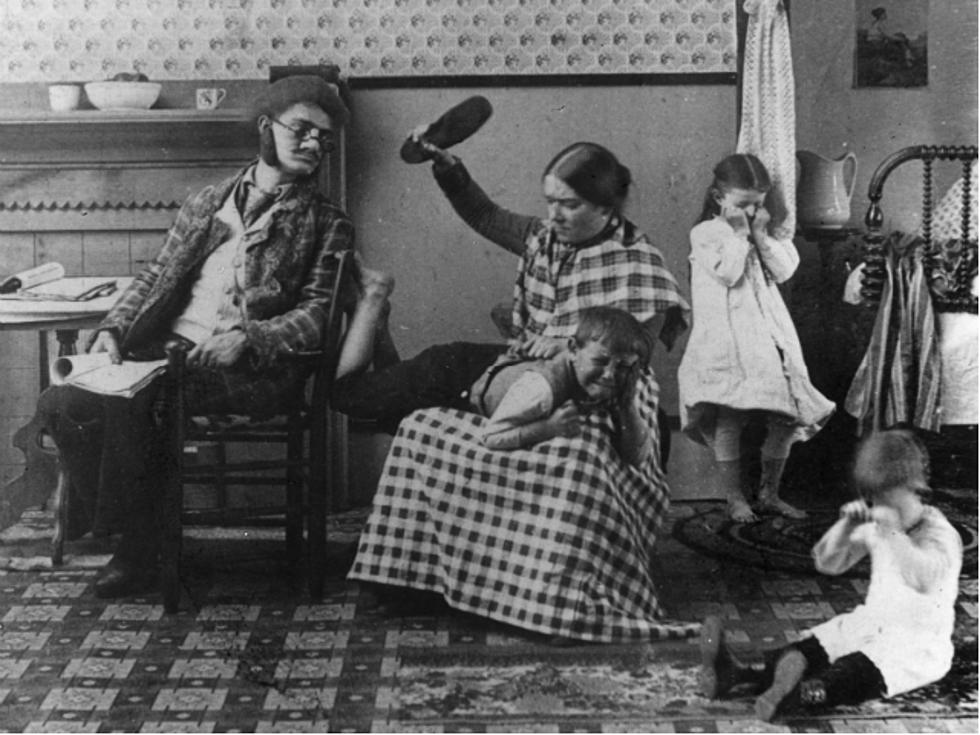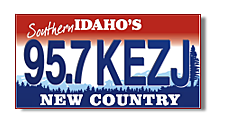
Twin Falls Weather – 5 Things Anyone Considering Moving Here Should Know
Thinking of moving to Twin Falls, Idaho, but not sure about the weather? That's understandable. Twin Falls moves from one temperature extreme to the other as the seasons pass, and is often known for the consistent, high winds. Here are five things about Twin Falls' Weather you should consider before settling down in the Magic Valley.
- 1
High Wind Warning
In the winter and spring Twin Falls experiences some of the most fierce wind storms. Wind gusts can top out upwards of 50 miles per hour in some extreme cases. The highest winds are usually recorded around April, and average between 11 and 20 miles per hour.
- 2
Let It Snow
It snows in Twin Falls. We average about 31 inches of the white stuff through the fall and winter. Most of our precipitation falls in the month of December as snow. Most of the winter is snowy, icy, and gray, and the percentage of sunny days drops below 50% for most of the winter.
- 3
Pleasant Summers
Unlike our State capitol of Boise where the summer high can get up to 104 degrees, Twin Falls averages about twenty degrees cooler. Through July and August we average about 85 to 90 degrees, but we have had some relatively hot summers that broke into triple digits.
- 4
Thunderstorms
Since Twin Falls does technically have a semi-arid climate, precipitation during the summer and fall is very light. Add that to the wind and Twin experiences some of the most brilliant thunderstorms I've ever seen. While beautiful, the semi-arid climate and thunderstorms can create disastrous wildfires in the area.
- 5
Disasters? Not Really
Twin Falls doesn't really have many natural disasters. There have been some recorded earthquakes in Twin (the last recorded earthquake was in April of 2008 and was 94 miles from the city center), and there have been a few tornadoes that have touched down, but no significant disasters from year to year.
More From 95.7 KEZJ









